St Leonard’s: Padiham’s Missing Altar
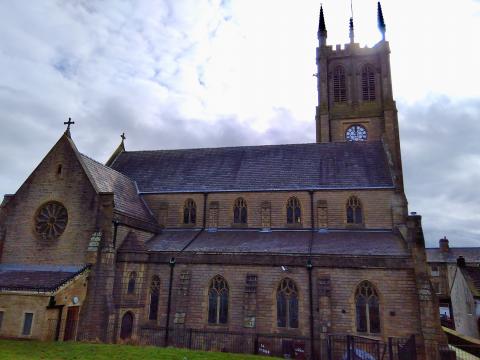
Padiham Parish Church is an impressive building. I’d go as far as saying it’s one of the best Anglican church buildings in the country, yet it doesn’t feature in any of those books of best churches. So is it the cleanliness of its stone? No, but its golden masonry looks great when many churches in industrial areas are become black and dull
Is it the beautifully proportioned tower, neither too bulky nor to slender? No, though this soaring keep of sandstone dominates the townscape.
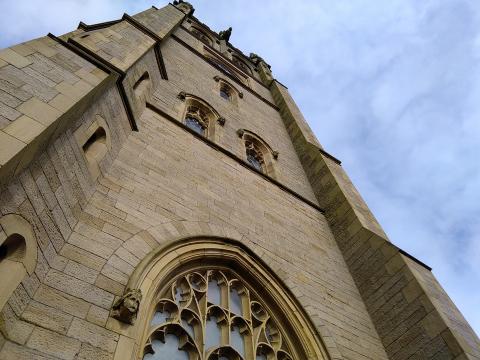
Is it the prime spot in the town’s centre, between the Sabden, Burnley and Whalley roads? Not even that.
Internally, is it the fine carving or airy, light atmosphere? Nope, though these two features are a pleasant contrast to some parish churches which are dull and gloomy.
I’ll get to the point. It’s the altar. Or rather, the lack thereof. An altar is a stone table at the east end of most Roman and Anglican churches, traditionally the building’s focal point. At the Reformation, they were destroyed and replaced with tables. This indicated that the communion service was a mere memorial of Christ’s sacrifice, not a repetition of it or supplementary top-up towards it. As the Anglican Church re-Romanised in the nineteenth century, back came the altars with their thick embroidered cloths, gilt candle sticks and crucifixes. Found at Saint Leonard’s, however, is a moveable communion table and an empty grey space marking where the altar would be. A simple cross stands on a kind of shelf nearby, but the point is made: Christ is not sacrificed weekly as Rome teaches; His payment for our sin was a one-off transaction, made in full. The missing altar of Padiham testifies to this. Never has an area of plain, grey cement spoken such beautiful theological truth. Christ is not found on altars but among His precious people.
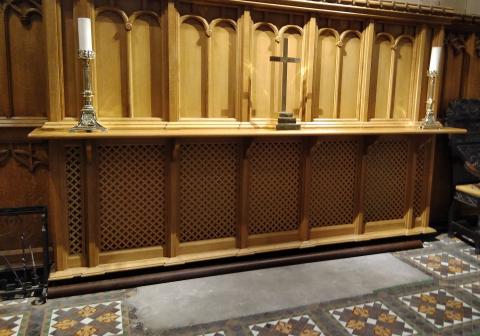
One of the church’s members told me the vicar once moved the communion table into the aisle in the nave, bringing the communion elements among the people. Traditional Anglicans may look askance at so innovative a method. Yet was this not the way communion was celebrated in England’s Church at the time of Edward VI? Reforming the church of its medieval frippery is never innovative or modernising- it’s always going further back, to a simpler, more beautiful period.
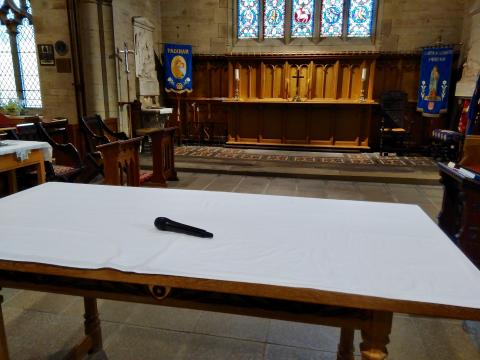
Ogle and gape at those gaudy parish churches and cathedrals if you wish, but plain Saint Leonard’s is my Anglican church of choice, even if the odd feature might still benefit from the ministry of a hammer and sturdy black bag.
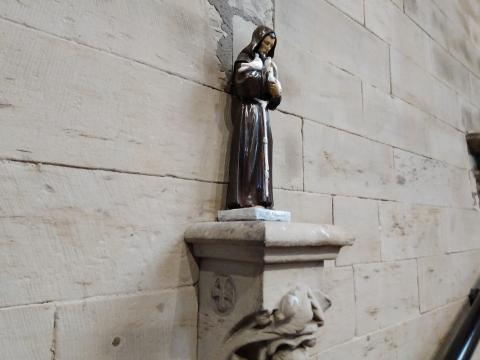
- Log in to post comments


 Sunday Worship 10.45am & 6.00pm
Sunday Worship 10.45am & 6.00pm